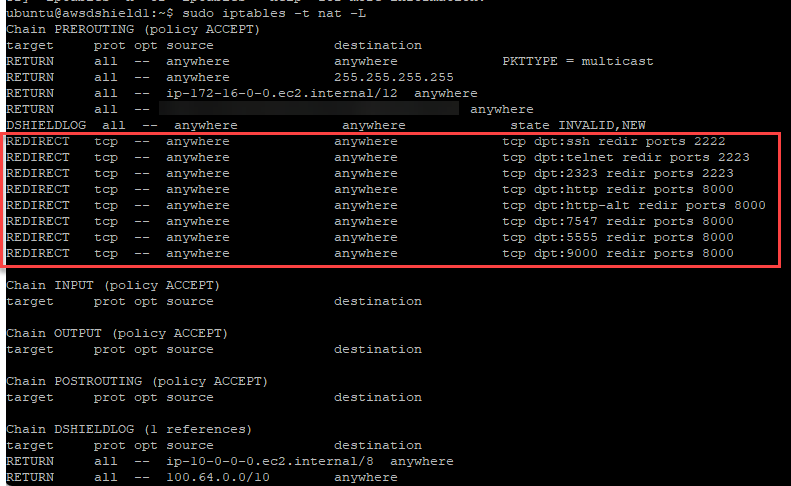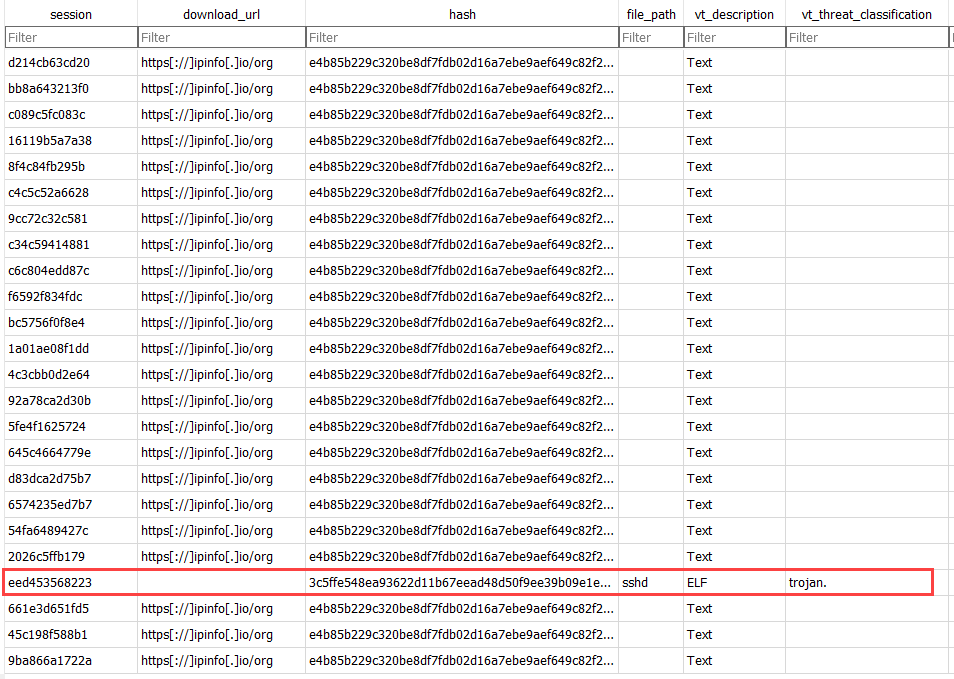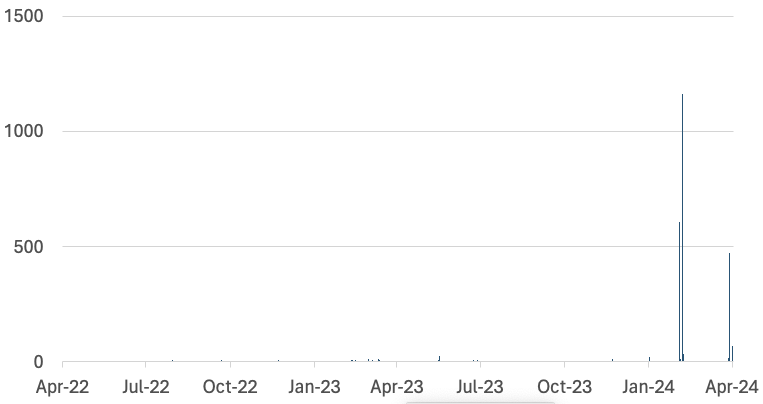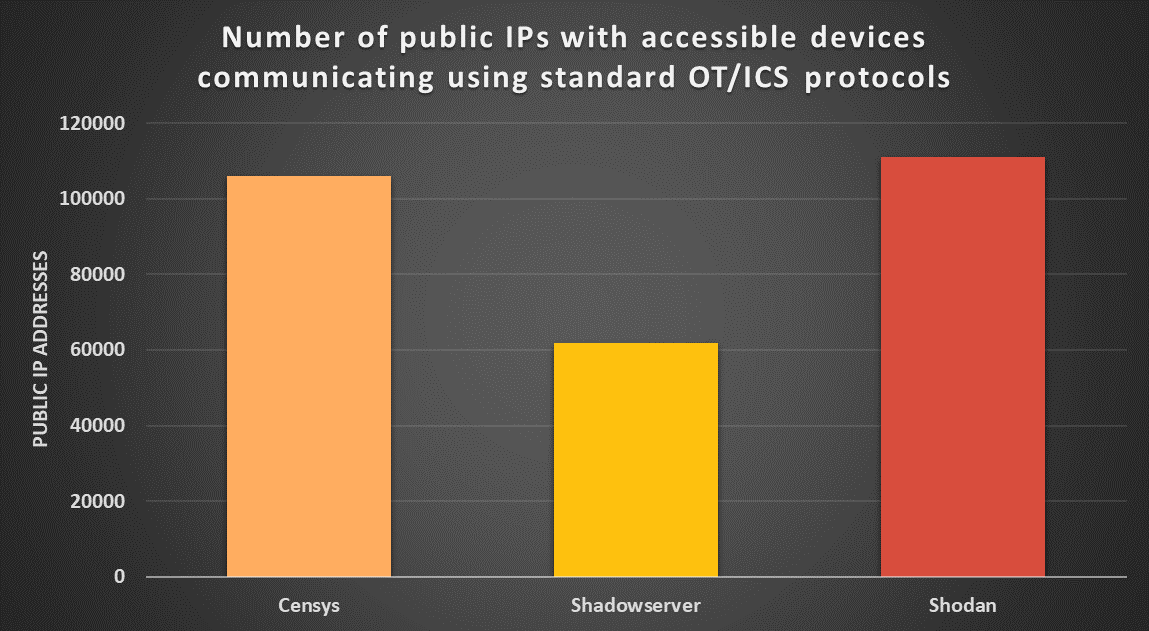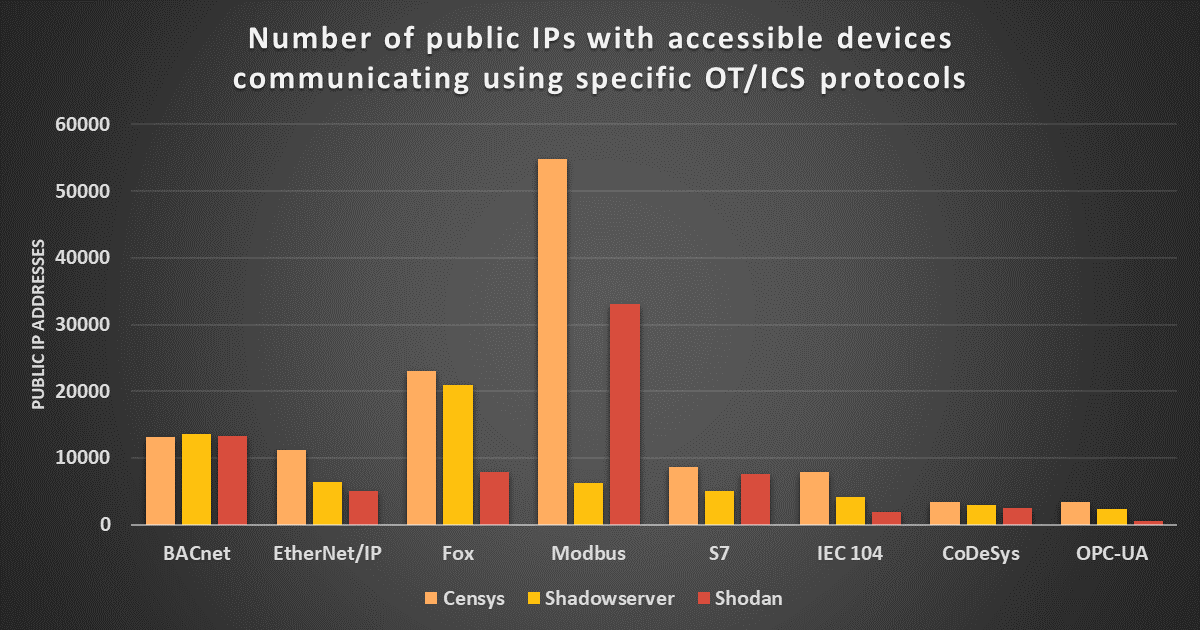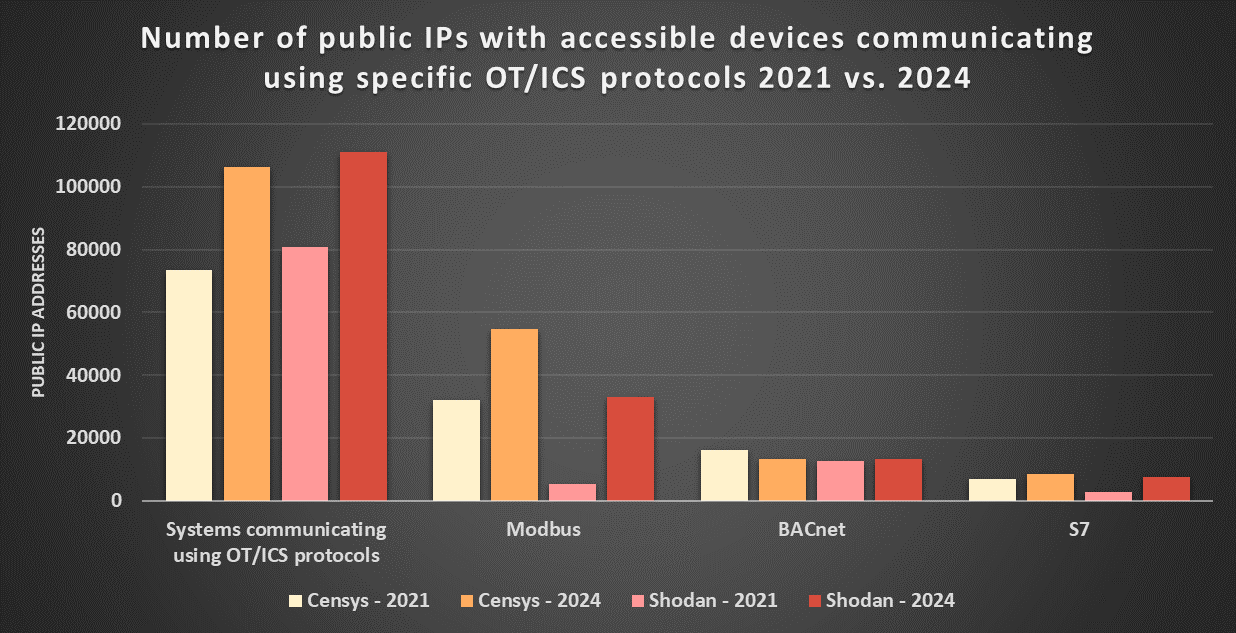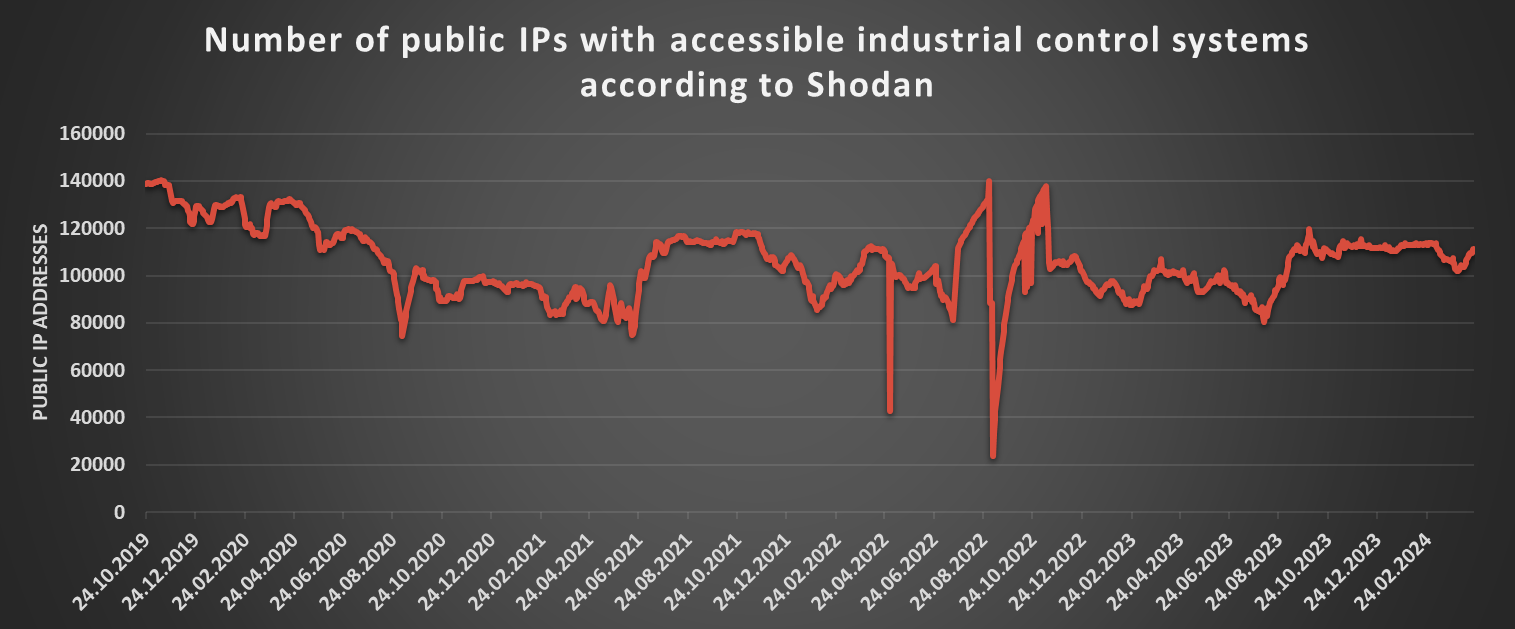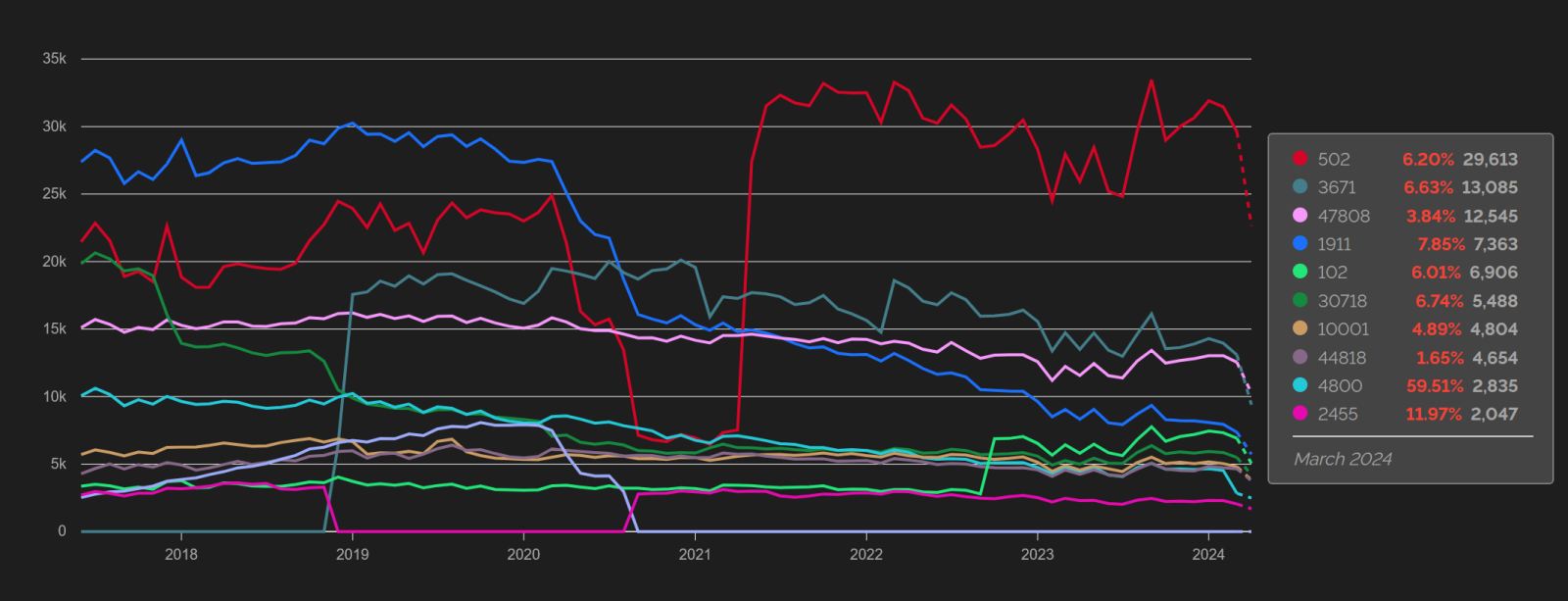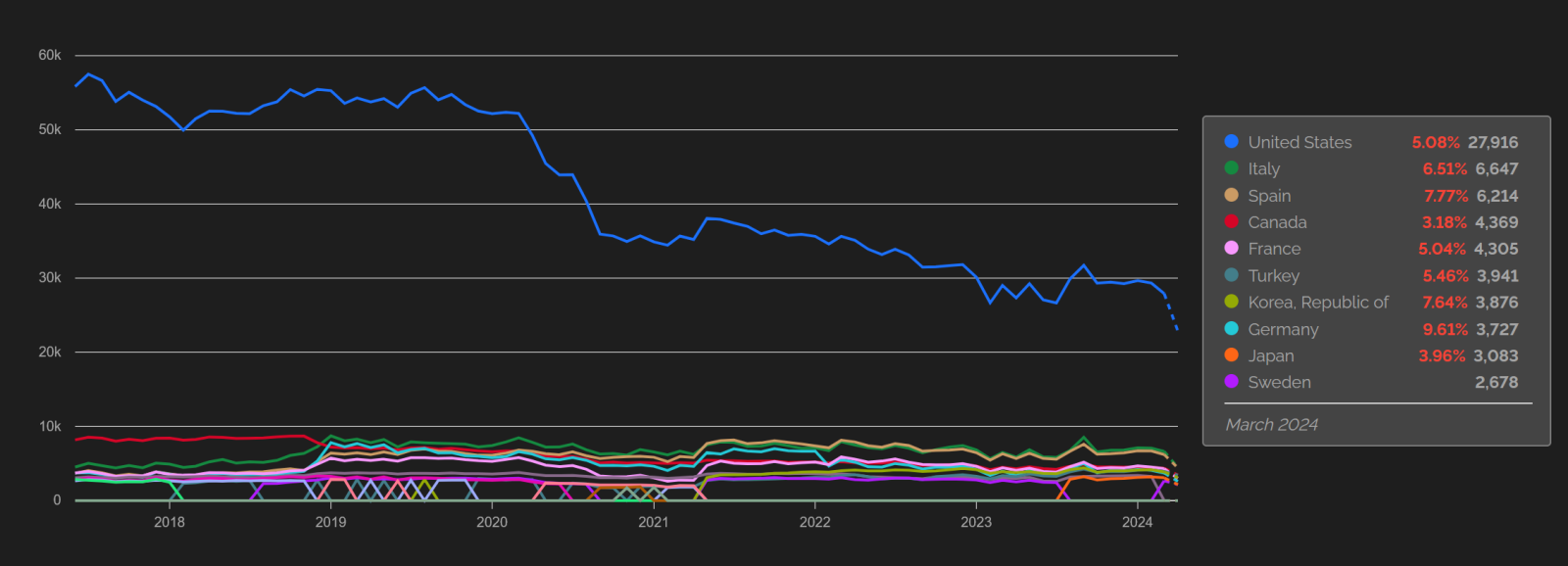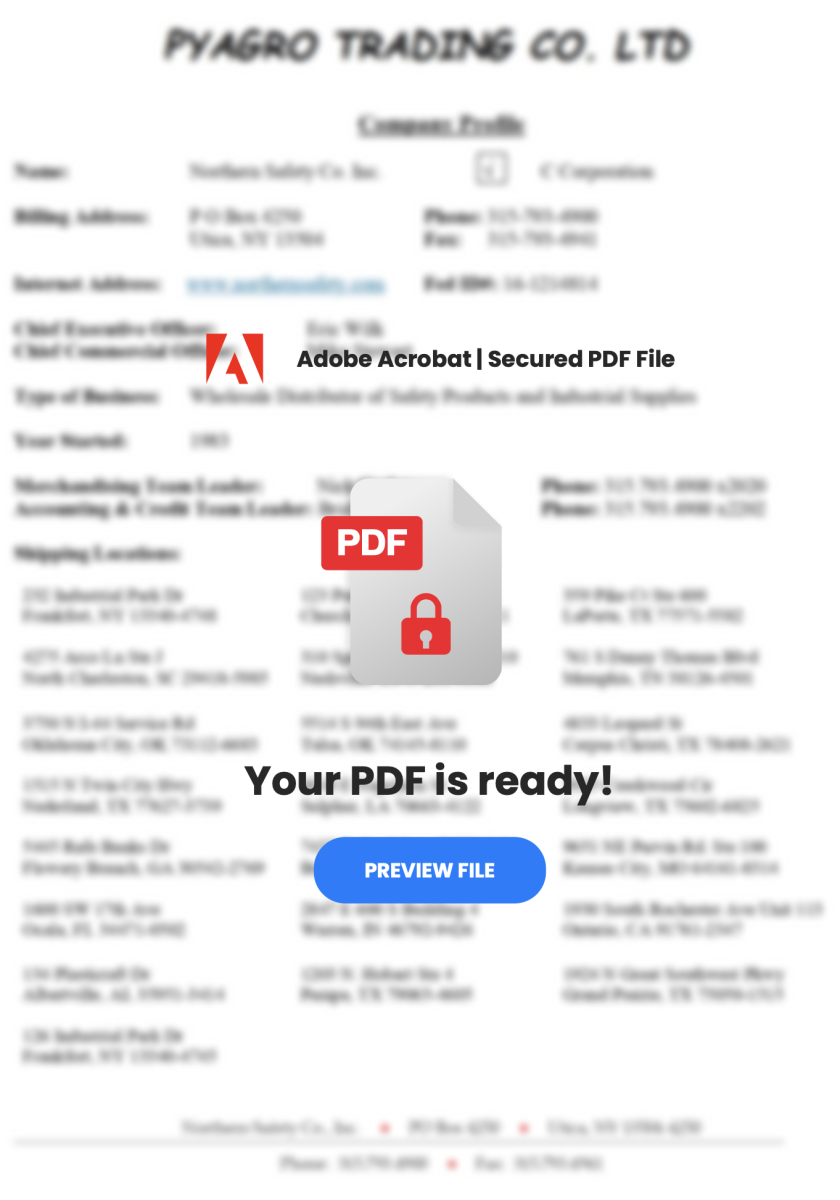I had an interesting call from a client recently - they had a number of "net use" and "psexec" commands pop up on a domain controller, all called from PSEXEC (thank goodness for a good EDR deployed across the board!!). The source IP was a VPN session.
Anyway, we almost immediately declared an incident, and the VPN that was in use that had just Userid / Password authentication was the ingress. We found a US employee with an active VPN session from Europe (the classic "impossible geography session") - so the standard "kill the session, deactivate the account / change the password action" ensued.
Followed by a serious conversation - really your userid/password protected VPN is only as strong as your weakest password. Any you KNOW that some folks have kept their "Welcome123" password that they got at their last "I forgot my password" helpdesk call. Also, your userid/password VPN is only as strong as the weakest other site that your folks have used their work credentials for.
Anyway the actions and discussion above was followed by the "who would want to target us?" conversation, so off to the logs we went.
The standard Cisco VPN rejected login syslog message looks like this:
Local4.Info <fw.ip.add.ress> %ASA-6-113005: AAA user authentication Rejected : reason = AAA failure : server = <rad.ius.server.ip> : user = ***** : user IP = <att.ack.er.ip>
So, we started by dumping all the Rejected logins for the day (note that this client has syslog in Windows):
type fw.ip.add.ress.txt | find "Rejected" > aaafail.txt
Now let's see how many events we have in a day:
type aaafail.txt | wc -l
196500
Let's look at a representative timeslice. We'll look at:
- 5pm-6pm (so the time is 17:xx)
- remove any repeating space characters (tr -s " ")
- field 24 is the souce IP address, extract that with "cut"
- sort | uniq -c Give me just uniq addresses, with counts, sorted in descending order
- After that, I'm just looking (manually) at the attacking hosts with a 10 count or higher
type aaafail.txt | find " 17:" | tr -s " " | cut -d " " -f 24 | sort | uniq -c | sort /r
670 207.180.247.77
33 80.94.95.200
18 45.135.232.63
15 45.140.17.49
15 45.140.17.44
15 45.135.232.98
14 45.140.17.63
14 45.140.17.54
14 45.140.17.47
14 45.135.232.94
14 45.135.232.101
14 45.135.232.100
14 45.134.26.25
14 193.143.1.62
13 91.202.233.3
13 45.140.17.41
13 45.135.232.89
13 45.135.232.26
13 45.134.26.6
10 31.41.244.44
The first thing we notice is that the first IP stands out, so let's block that.
Now we'll look at those IP's a bit closer using ipinfo, see my story on this utility here: https://isc.sans.edu/diary/Using+Passive+DNS+sources+for+Reconnaissance+and+Enumeration/28596
ipinfo 207.180.247.77
IPINFO OUTPUT
{
"ip": "207.180.247.77",
"hostname": "cp.srv.plusdatacenter.com",
"city": "Frankfurt am Main",
"region": "Hesse",
"country": "DE",
"loc": "50.1155,8.6842",
"org": "AS51167 Contabo GmbH",
"postal": "60306",
"timezone": "Europe/Berlin"
}
Next we note that these "top 20" hosts generate 953 requests out of the for the hour, so this really does look like 1 outlier, plus ~19-20 hosts in a managed cluster.
OK, let's look at those other two subnets that are over-represented in this top 20 list:
ipinfo 45.140.0.0
IPINFO OUTPUT
{
"ip": "45.140.0.0",
"city": "Sandnes",
"region": "Rogaland",
"country": "NO",
"loc": "58.8524,5.7352",
"org": "AS201454 UPHEADS AS",
"postal": "4301",
"timezone": "Europe/Oslo"
}
ipinfo 45.135.0.0
IPINFO OUTPUT
{
"ip": "45.135.0.0",
"city": "Kyiv",
"region": "Kyiv City",
"country": "UA",
"loc": "50.4547,30.5238",
"org": "AS208467 MagicService LLC",
"postal": "03027",
"timezone": "Europe/Kyiv"
}
Note that we're 3 searches in and we still haven't found of the traditional "boogeyman". No Russia, no DPRK, no Iran (yet).
So, keeping in mind that we're just playing with part of the attack, I started blocking subnets, ASN's, and countries.
We blocked the subnets above, and the attack shifted within seconds to ramp up from a Cloud Service Provider in Germany. We blocked their address space, and it shifted to a CSP in France. Two more CSP's later, and we finally cut the "top 20" volumes down, and our high volume hosts were down to 5 hosts in Russia.
Blocking Russia shifted the attack to India, then South America.
You see the patterns here, and have hopefully drawn the same conclusions.
The attackers have pre-built "malicious assets" wherever they can spin up legitimate free or low cost cloud hosts. The attacker is not attacking from their own IP space or even thier own country. The entire thing is automated, over the course of that day we saw malicious attacks from roughly 1100 IP addresses as we blocked various subnets and ASNs for various (mostly legitimate) cloud providers.
Looking at the other half of the equation, this attacker in particular was using account names that were not related to the organization being attacked - the userid's being used were a mix of all formats plus favourites such as admin, administrator and root. So it looks like they were using a combination of standard password dumps as input. I'd have been more concerned - and wouldn't have played around so much - if the attacker had harvested user account info from LinkedIn and similar sources. If the credential stuffing attack contains mostly legitimate people names, the chances of success are WAY higher - they're most likely combining legit names with password dump data that matches those names. Normally we see this sort of thing with red team or more targeted malicious activity, where the per-company costs are a bit higher but because things are targetted, the attack tends to succeed sooner. In that situation we'd have likely shut down the VPN and implemented MFA offline. Password dump files such as this are easy to come by, and are generally free - though you can certainly purchase access targeted lists or even purchase access to particular companies from "access as a Service" companies in the "criminal supply chain". Don't believe folks who use phrases like "the dark web" when describing these (though that does exist too)
Needless to say, we did a crash migration to MFA for their VPN, we had them over within a couple of hours of making the decision. Since their email was already using MFA, this was free and no fuss at all (thanks Microsoft!) - the MFA prompts were already familiar to the user base.
Lessons learned?
- Nobody is targetting you, they are targetting everyone that hasn't implemented MFA. Or possibly targetting even the MFA sites, since it's tough to tell either way until you get to the MFA prompt.
- Also from the connection volumes, the attackers were very careful not to lock out accounts. Each IP address has roughly 15 attempts max in an hour, so that's once every ~4 minutes.
- With just one hit every 4 minutes, just this one example cluster has gobs of capacity to easily scale up to easily target hundreds of other organizations.
- They are targeting VPNs. None of this "pivot through a website" gymnastics, then "pivot out of the DMZ" heartache, they're after the front door and full access to the network. Though they're still targeting websites too. Anything with a login prompt is fair game.
- This entire thing is automated. As I shut down each cluster of addresses, a new cluster would pop up elsewhere in the world within seconds. The old cluster is still chugging along against its other targets.
- The cluster of hosts at any given time likely are not the actual attacking hosts. Remember, the attackers have a significant application and data management challenge here. They need to centrally store the "prospective credentials" and actual compromised credentials, as well as keep track of hundreds of targets and where each target is in the campaign. So these clusters of hosts are likely proxy servers being used by a central cluster of actual servers backed by a database and a decent application, or at least a pretty good script. This means my estimate of hundreds of targets is likely on the light side.
- Geo-blocking is getting less useful over time - while we still do see attacks from the countries you might expect, anyone who is any good has automation to either source their attack from almost anywhere, and once they see you blocking them, from anywhere else. This argues further for central control and data management, since I'd bet only our attacker's proxy servers were jumping from datacenter to datacenter, there's no profit in moving the attack against any given organization unless you have to. This means that "we are being targeted by country x" are very difficult to attribute (this is not new)
- The foreign influence attacks" (check the media lately in Canada) headlines aren't worth the headline - OF COURSE the attack is coming from outside of your country. Nobody is going to mount an attack where their local constabularly can roll up and knock down their door. These folks take great pains (usually) to operate in countries that their government doesn't play so nice with. Good luck finding the actual servers though, unless you compromise a proxy host that is (this may not be legal in your jurisdiction, this was NOT advice)
- Attack styles do tend to come in waves. The classic "drop powershell to download the malware" email attacks have declined somewhat since Microsoft blocked most scripting in Office. We had "whale phishing" attacks that drove MFA for email a couple of years back. In more recent times we've seen attacks against vulnerabilities in everyone's edge appliances (firewalls, vpn's, file transfer, terminal service proxies etc). Credential stuffing against userid/passwords seem to be seeing an uptick lately. But guess what, they're all in play, all the time - none of these are new, and just because one hits the headlines doesn't mean the others are not just as active as they were last month or last year. Credential stuffing attacks very much like this one have been a part of the landscape since the 90's (or before), they're just too cheap and easy to set and forget for the attacker, especially these days.
The "moral of the story"?
- If you haven't implemented MFA, now is the time.
- If you have just userid/password protection on your VPN and are not compromised, you likely will be soon.
- If you think you're not compromised, that doesn't mean that you're not. The attacker in this incident is likely not the only one, and is likely not even the only one from today. They'll likely sell any compromised credentials to the real attacker that's in it for extortion of one kind or another. That real attacker likely is purchasing the credentials from one provider, the malware from another and so on - the bad guys are just as much focused on "As A Service" as regular IT teams. In fact, the attackers are regular IT teams, just (mostly) operating outside of their target jurisdictions.
- So you might be compromised a good long time before you see anything obvious in your daily operations that will tell you that you have a problem.
- If you are still running simple antivirus, you need to look at better options.
- If you don't have a SIEM that will alert you to attacks that show up in your logs, then you won't know about your attacks until they succeed.
Anyway, this story went on longer than I had planned. Long story short, if you have anything (VPN, Website, SSH, application, whatever) facing the internet that has a simple userid / password login, then you should probably rethink that decision in 2024.
===============
Rob VandenBrink
rob@coherentsecurity.com
(c) SANS Internet Storm Center. https://isc.sans.edu Creative Commons Attribution-Noncommercial 3.0 United States License.
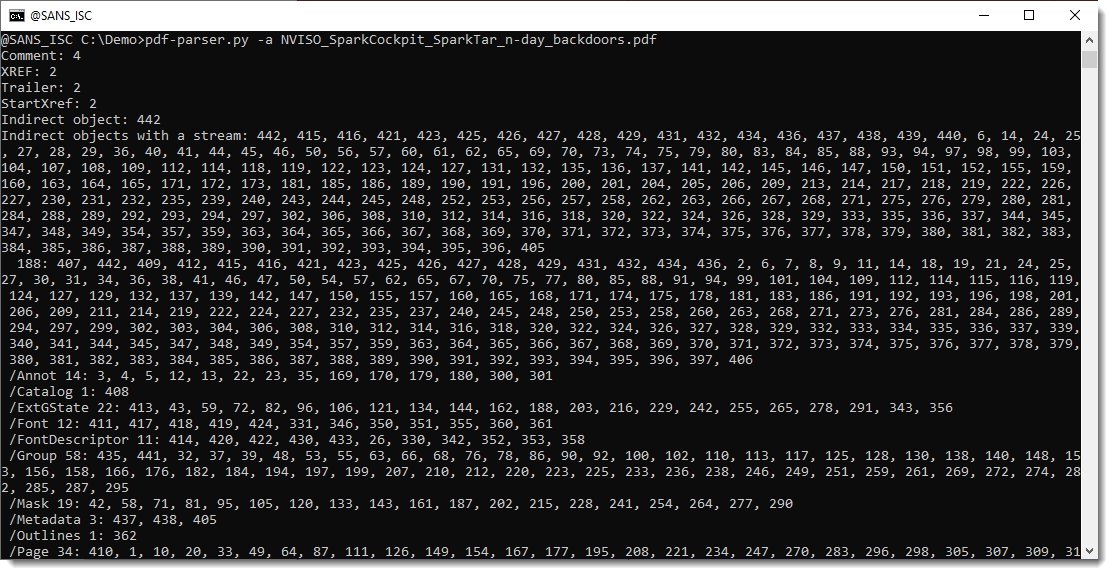
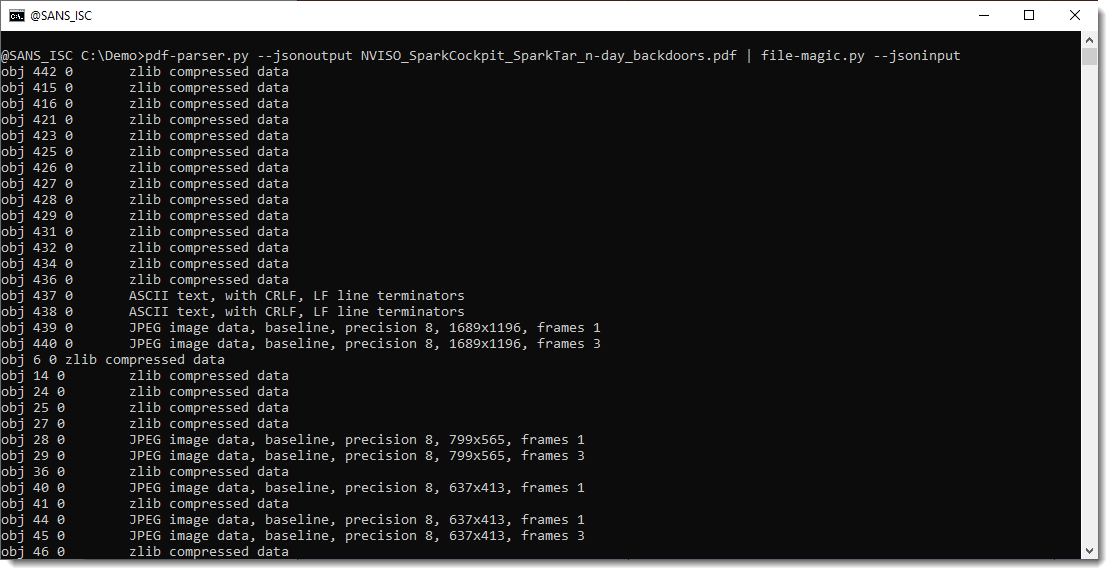


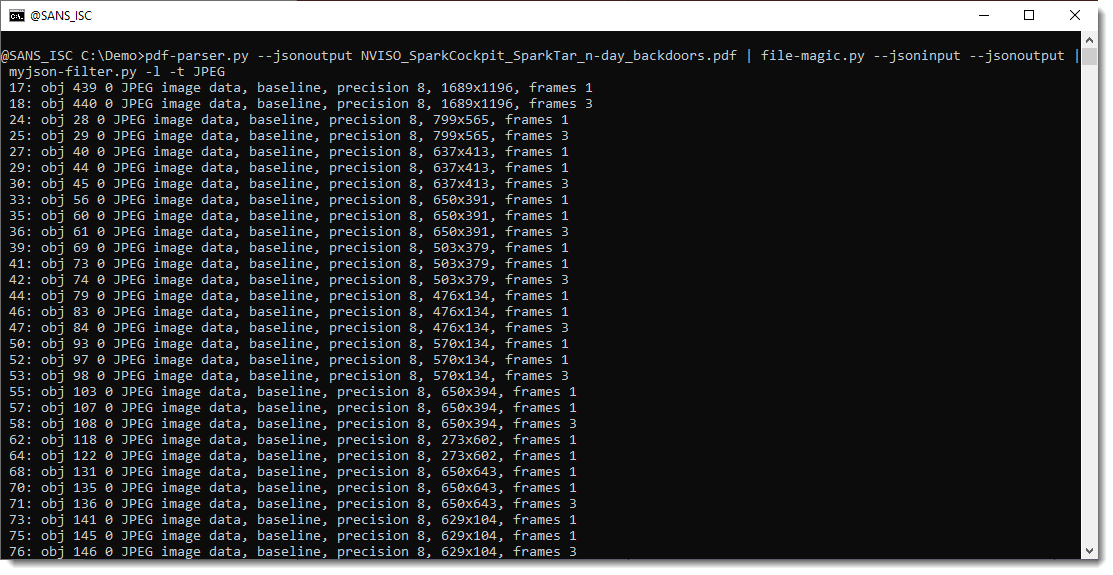
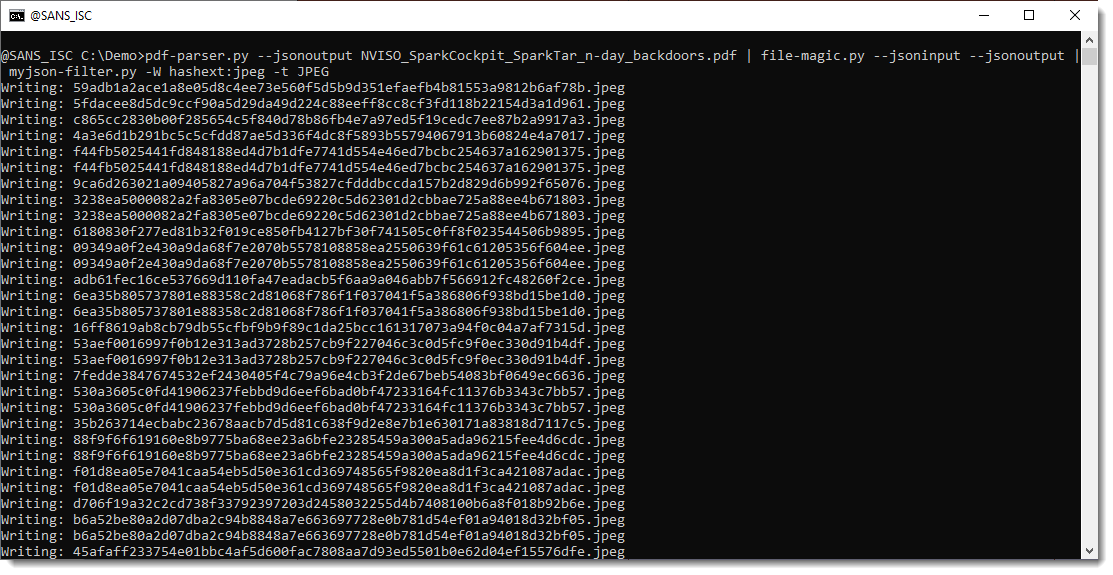
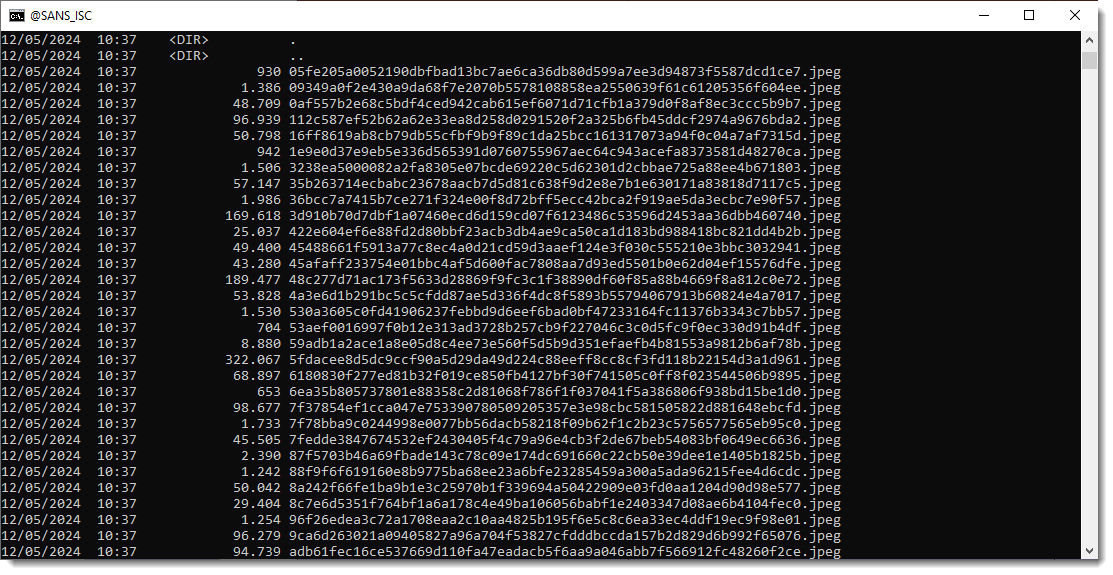
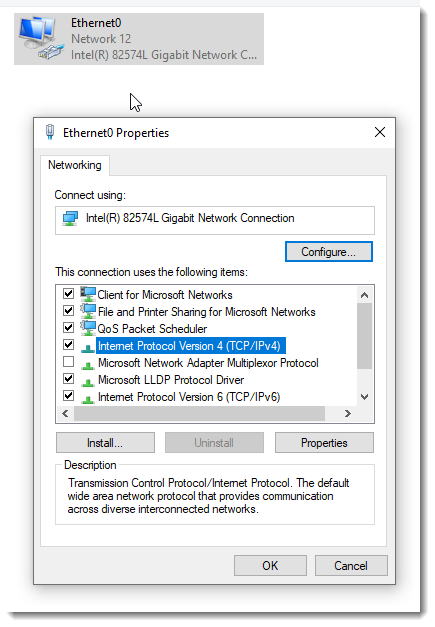

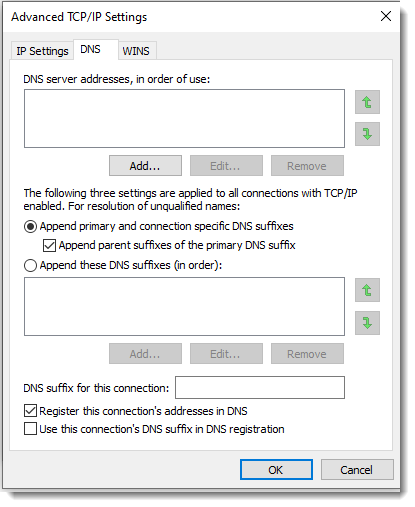
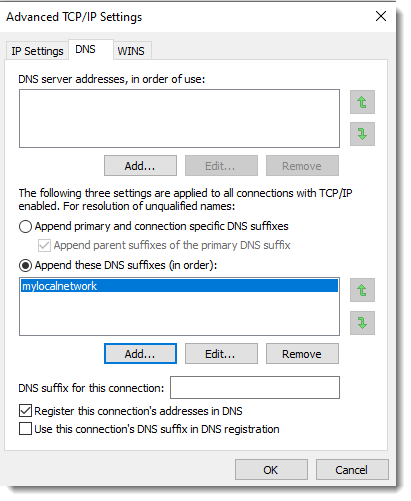
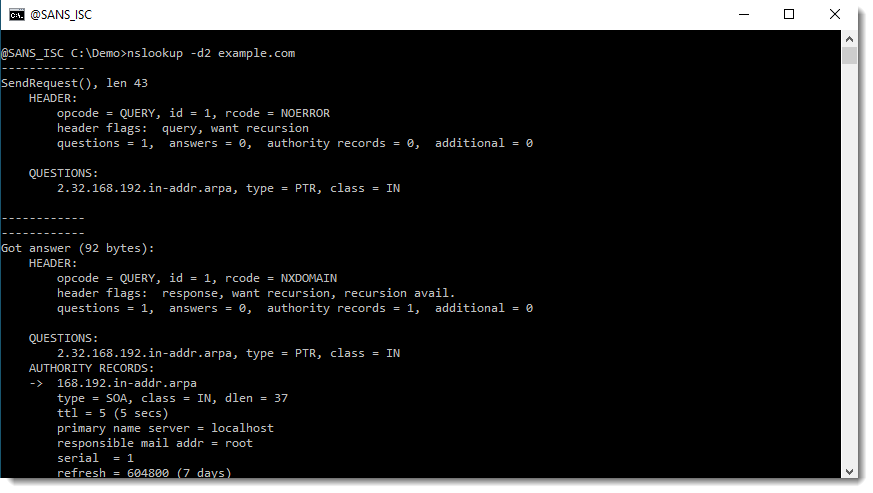
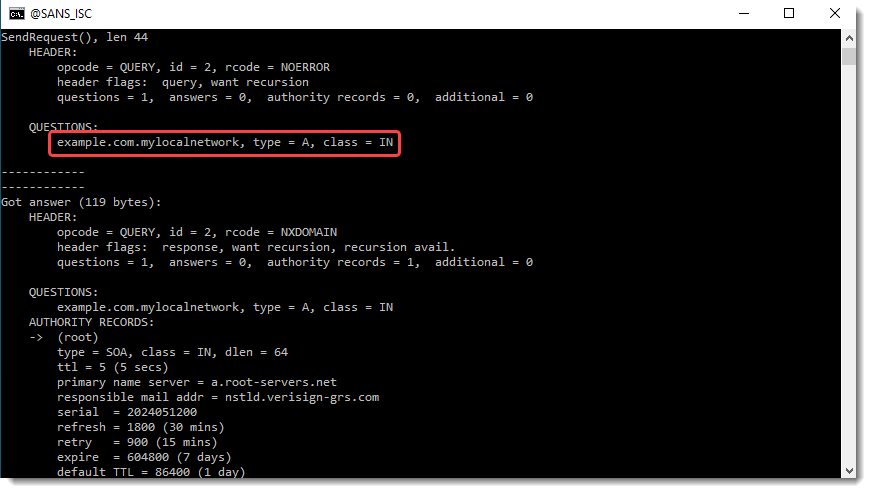

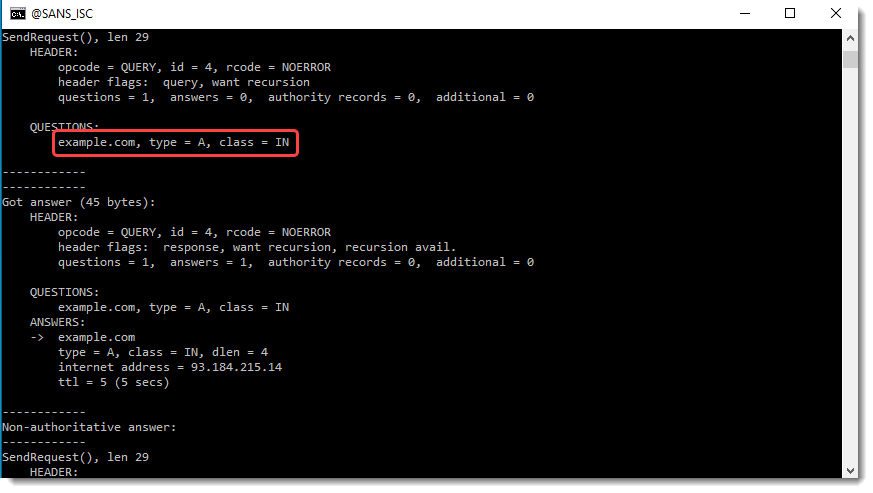
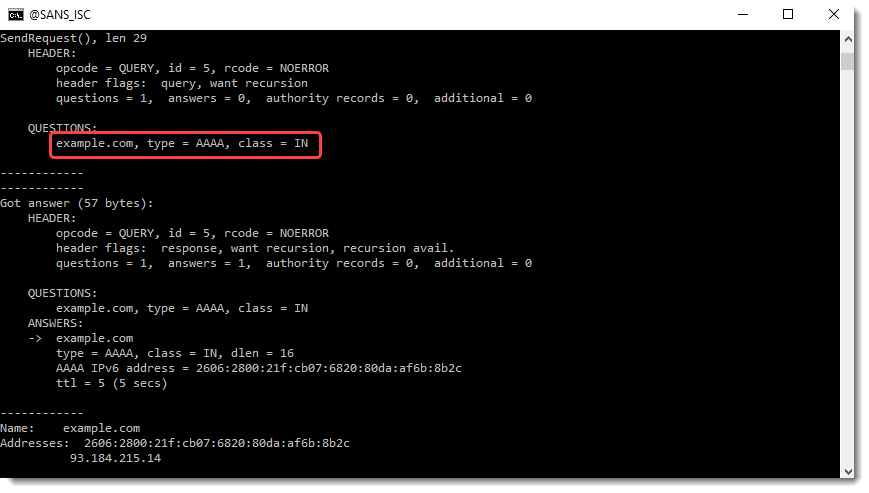
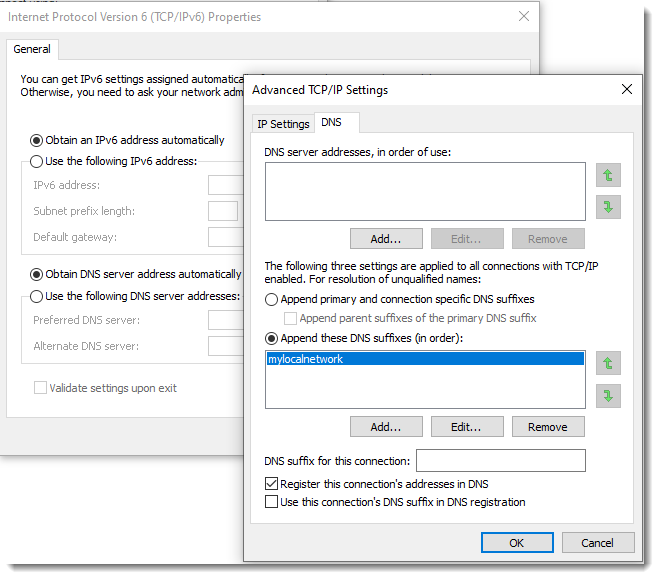



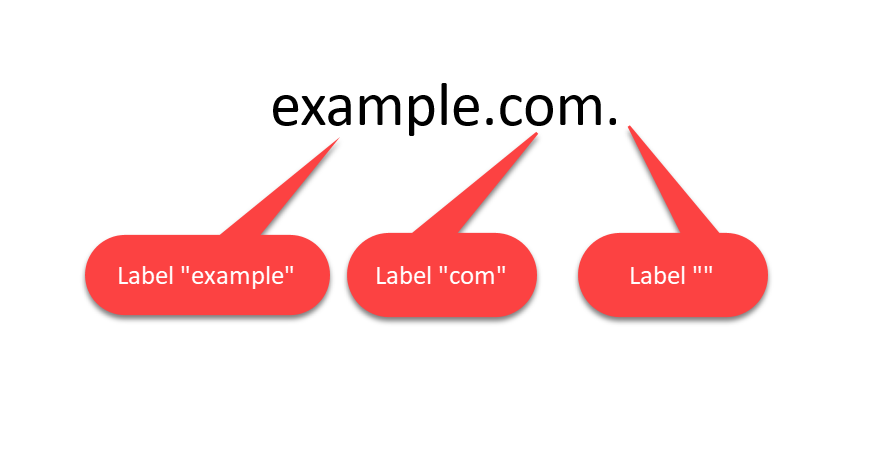

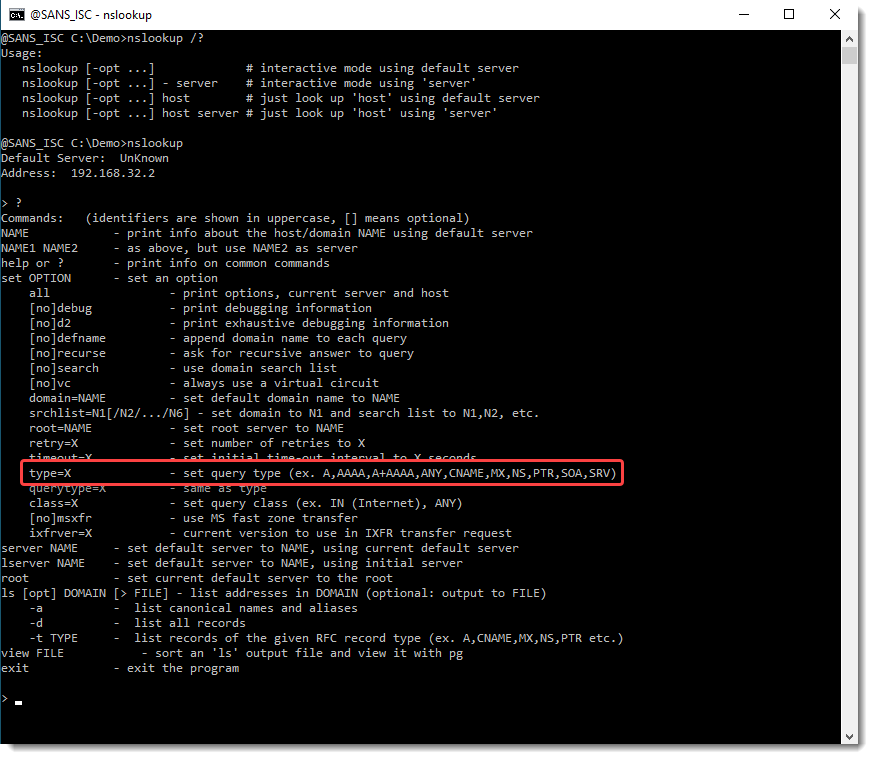


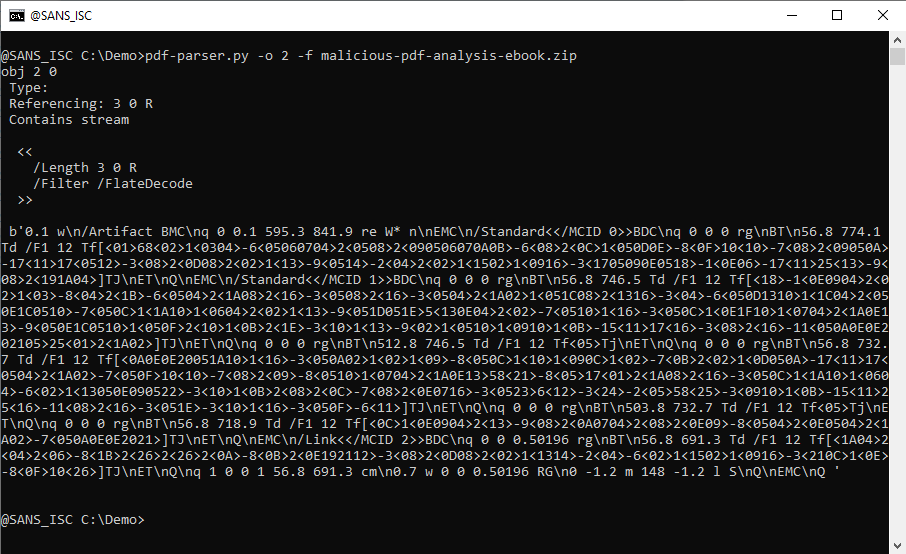
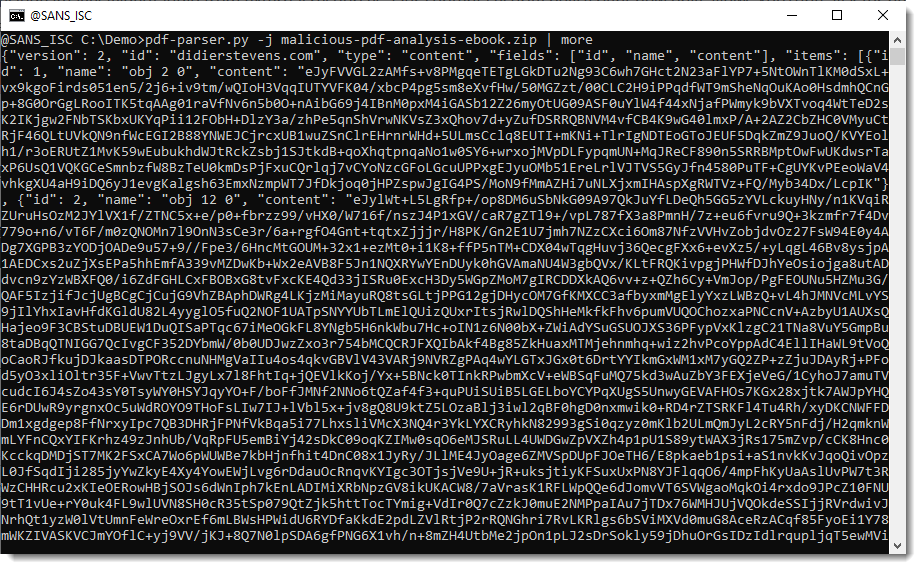
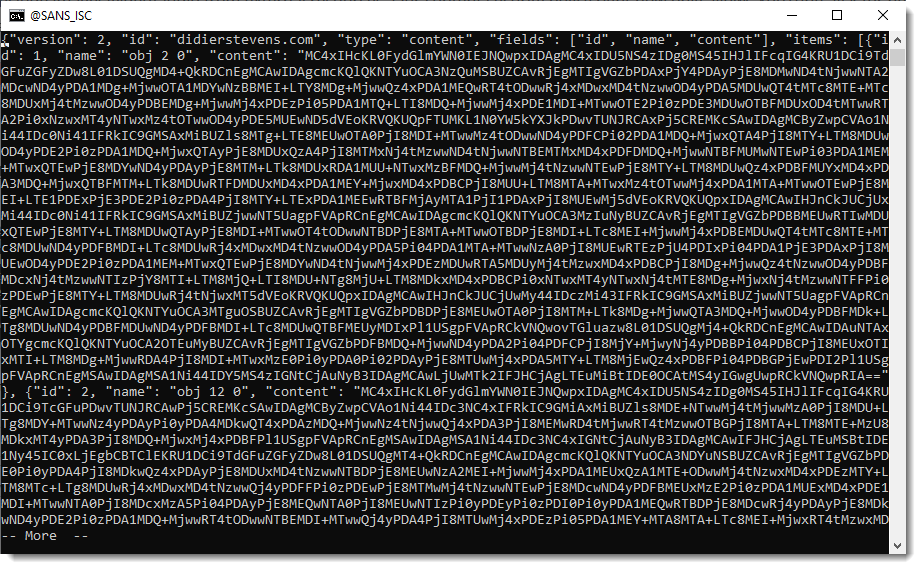
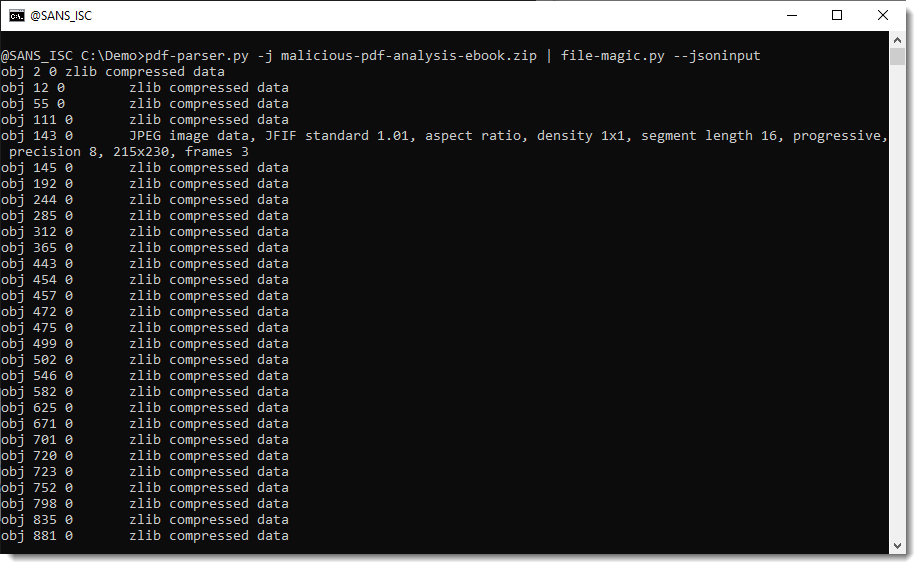
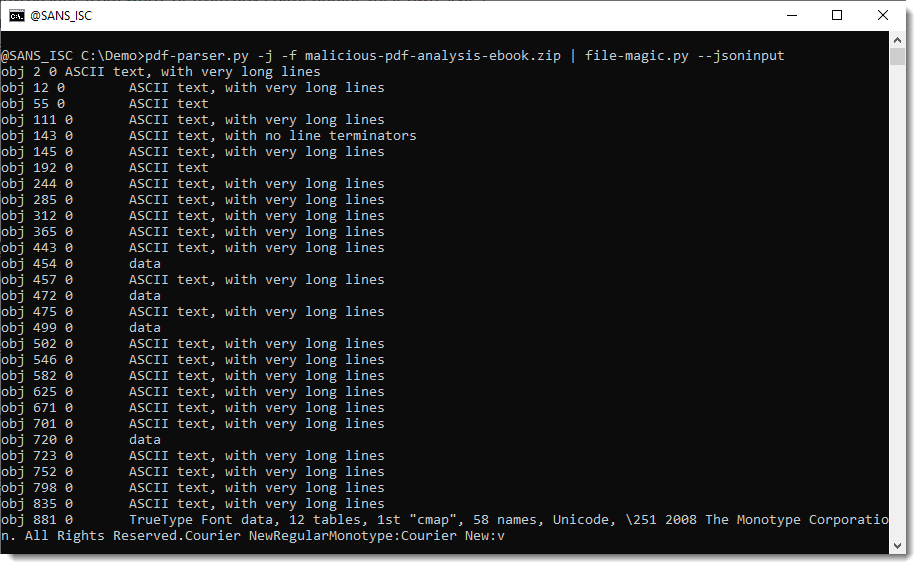
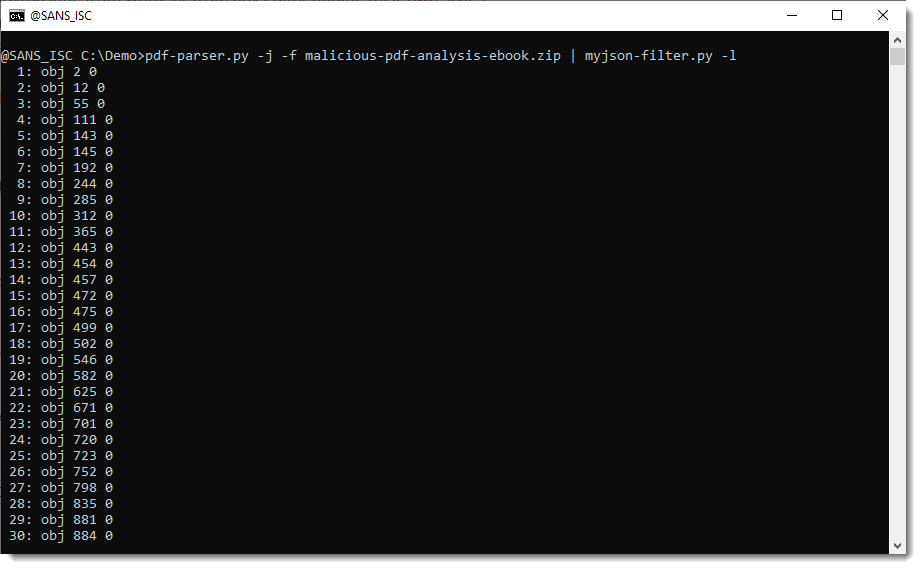
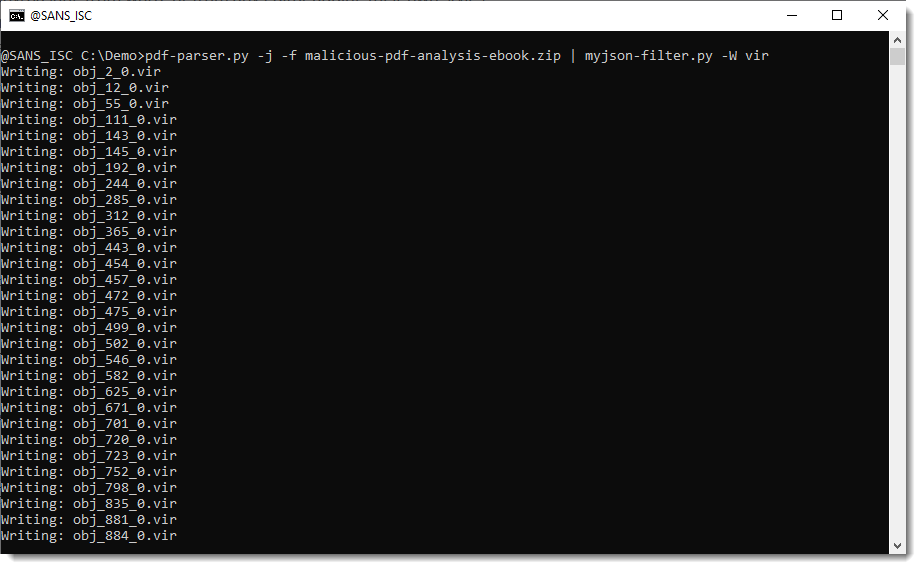
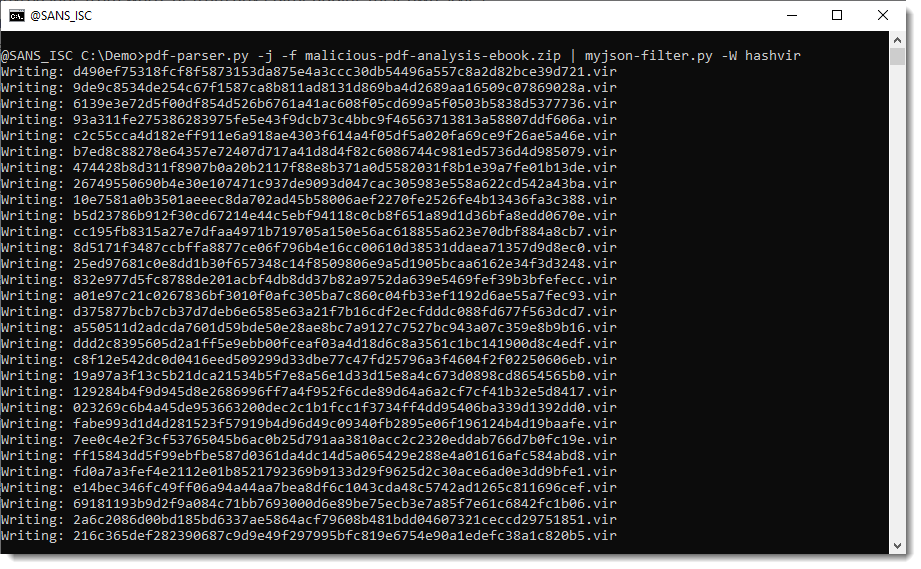
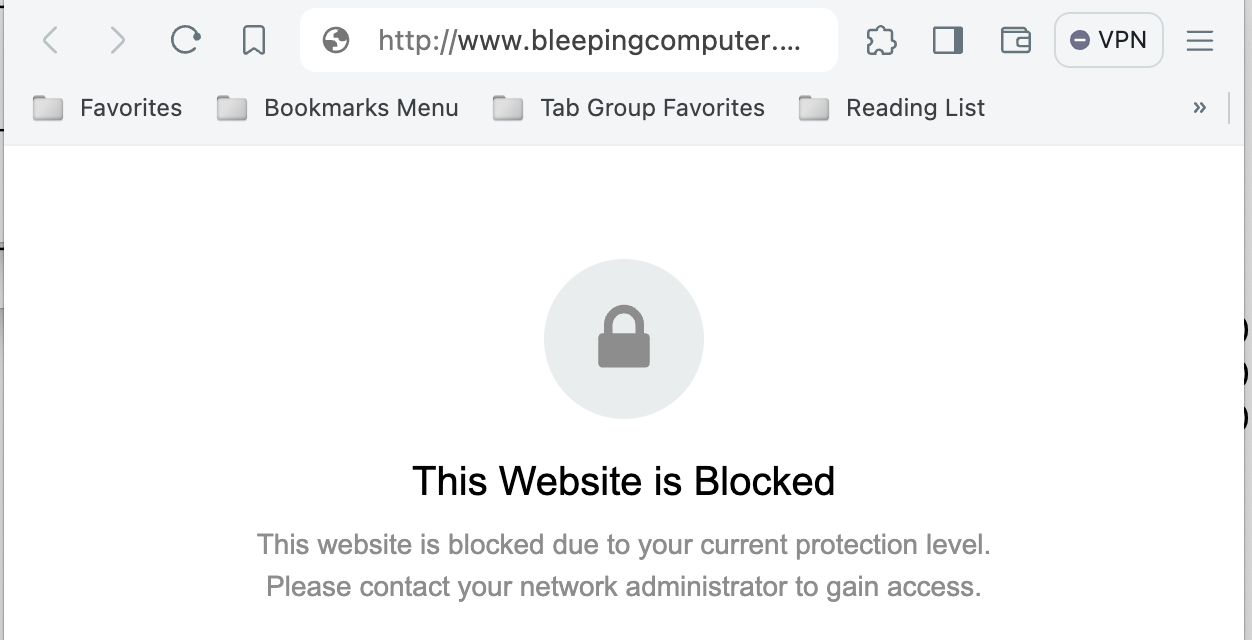



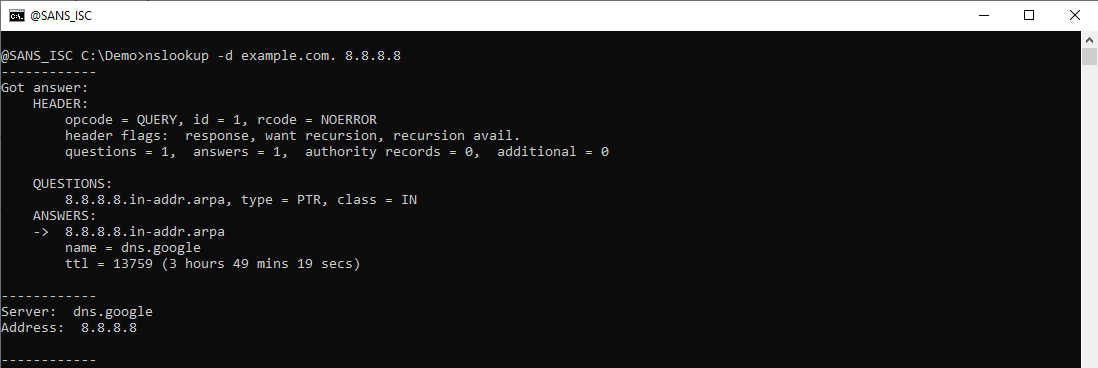


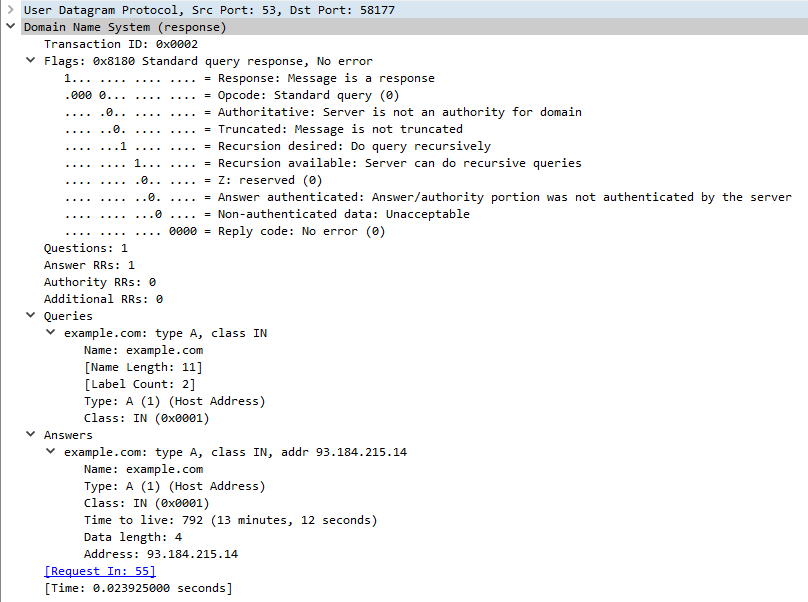
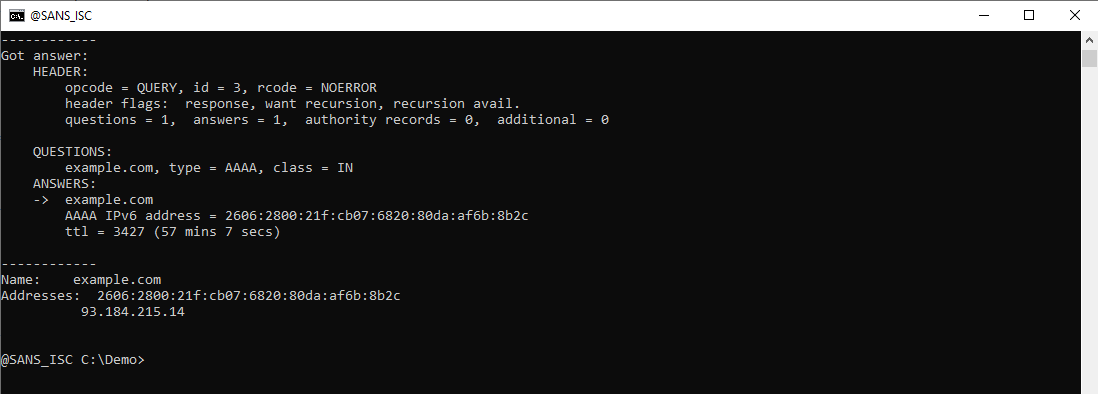
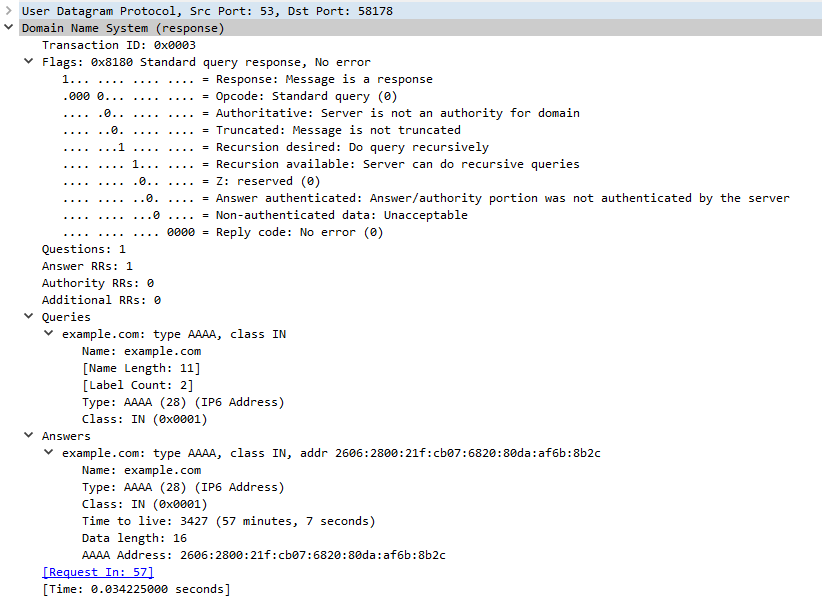
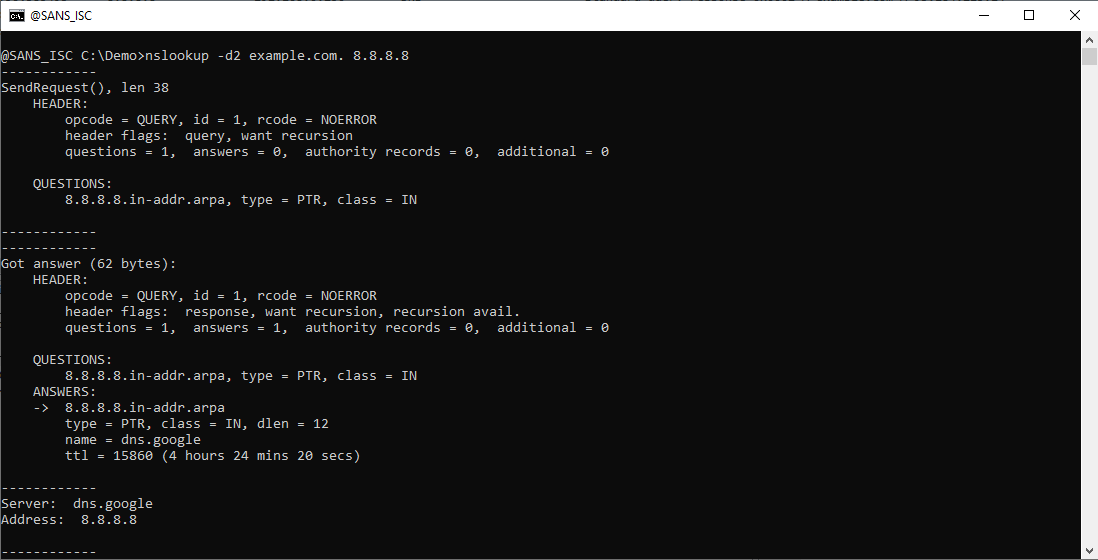
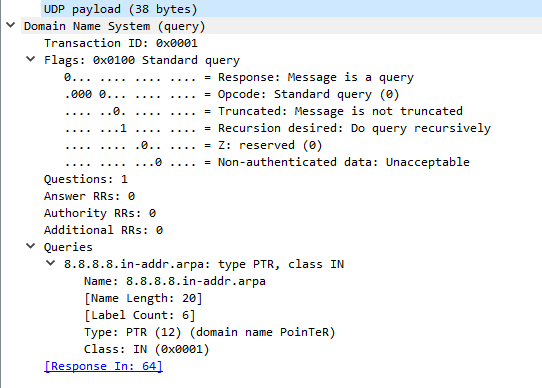
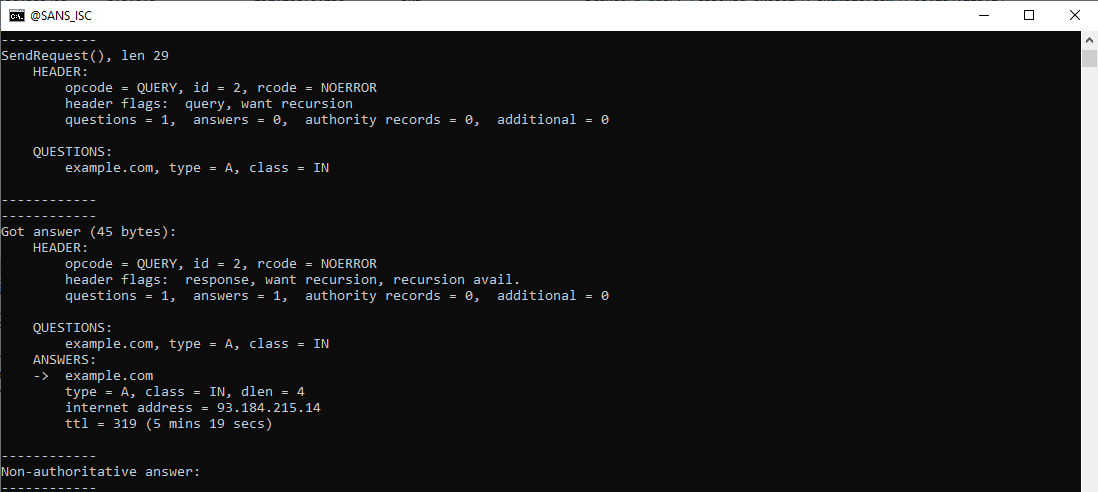
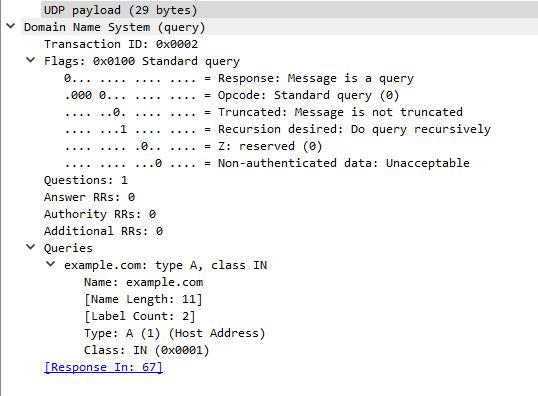




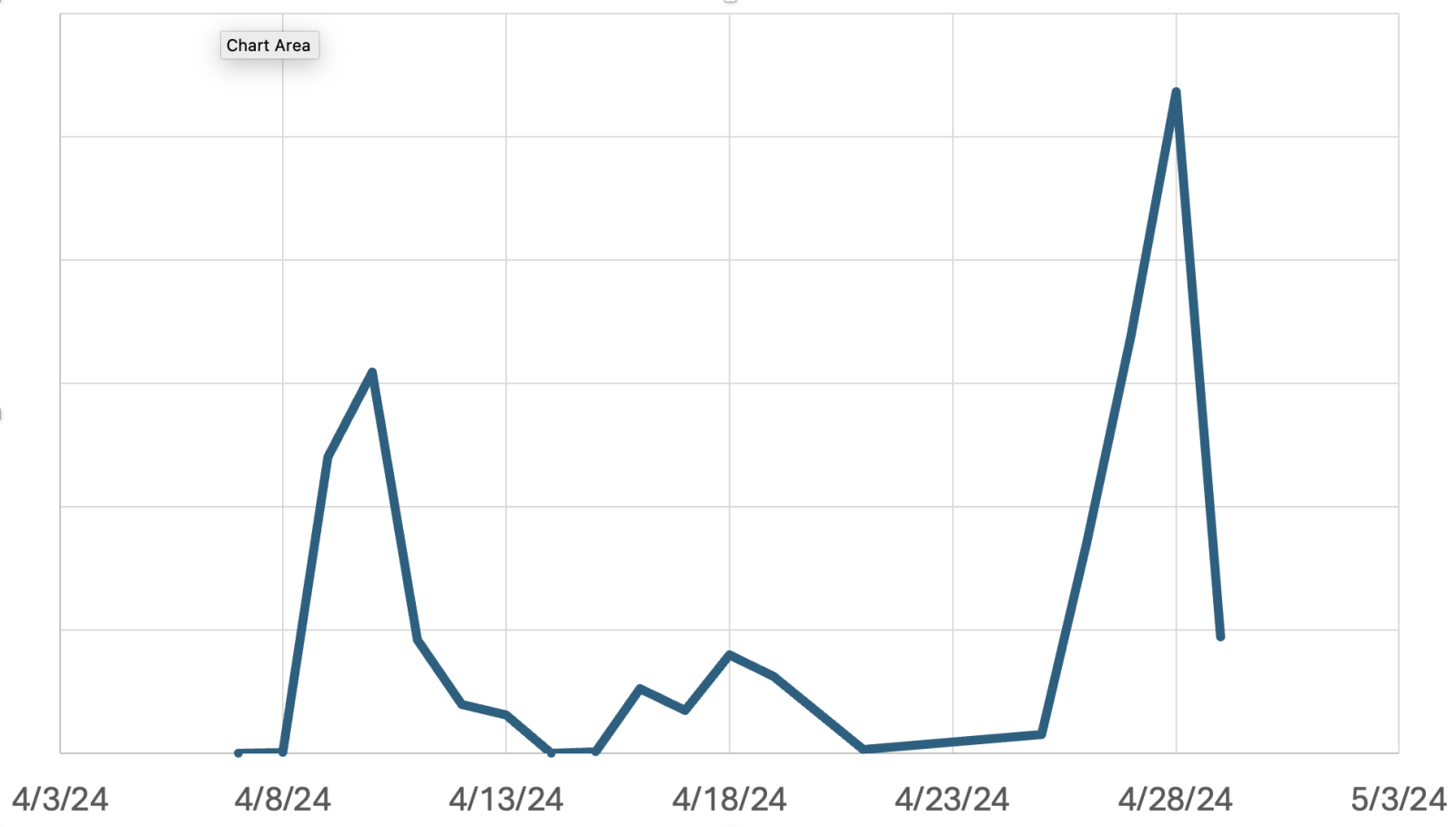
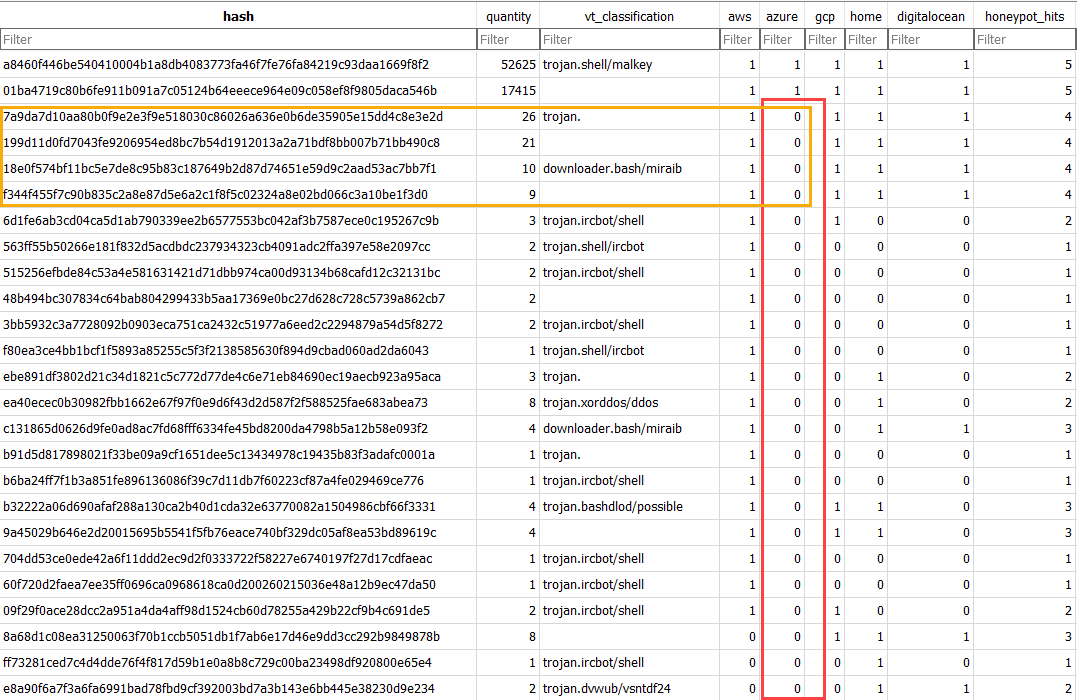
.png)

